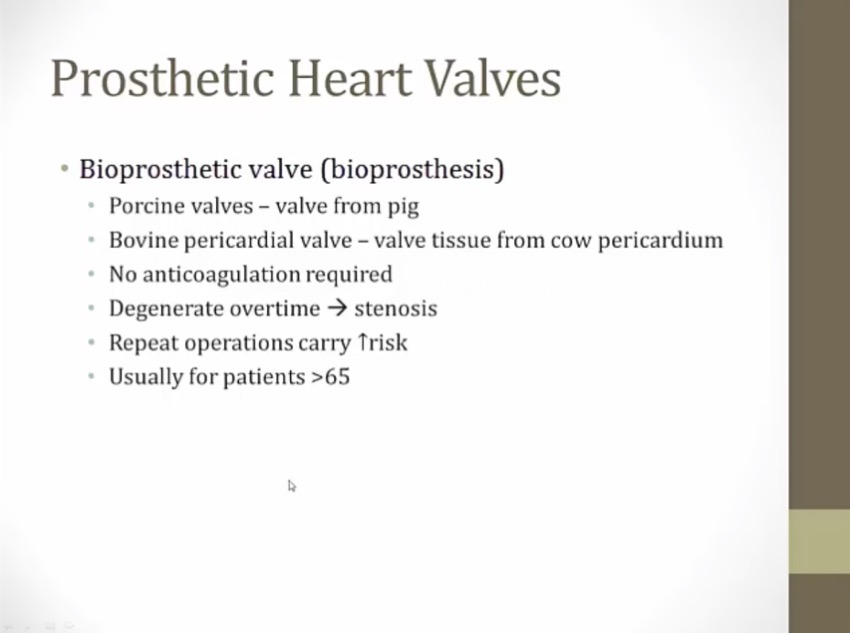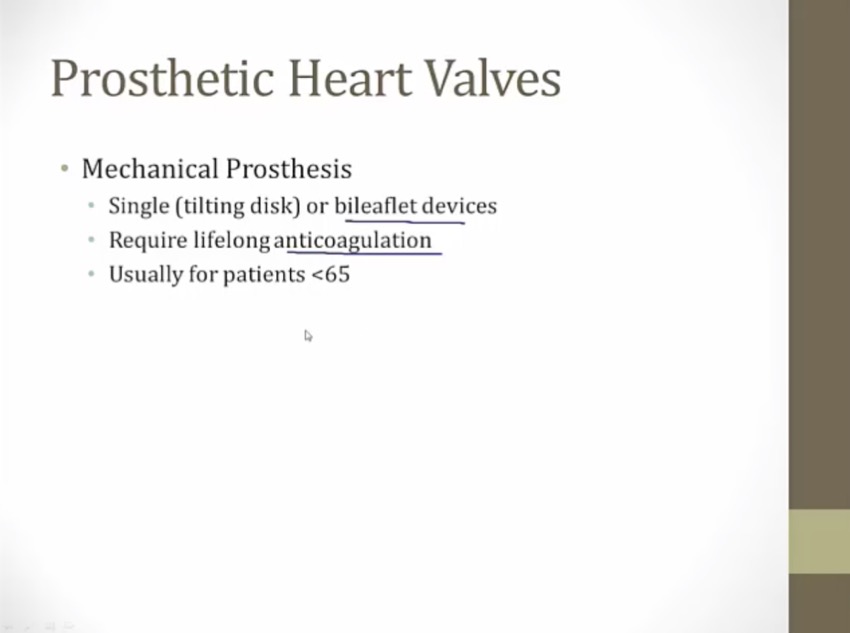34 Valvular Disease
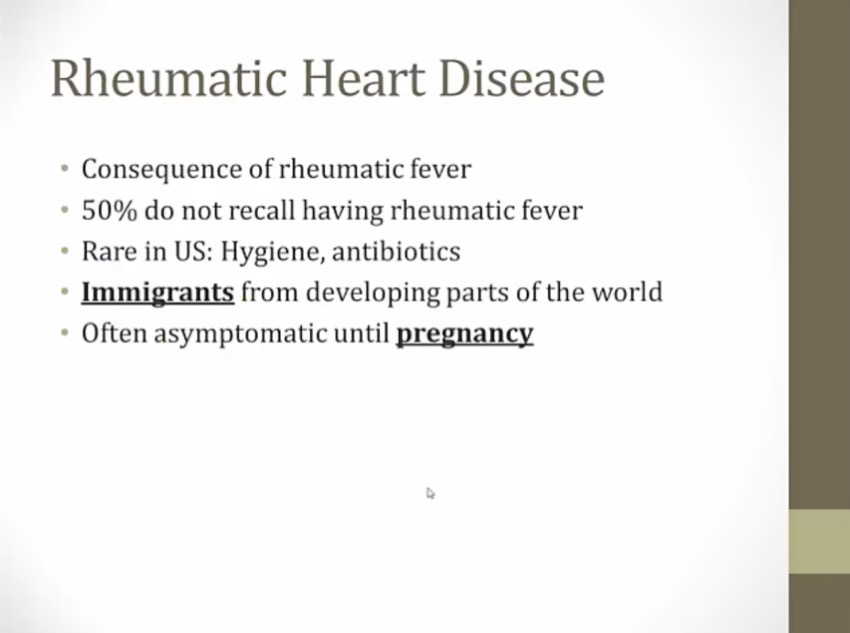
- children with strep infection
- blood volume goes up in pregnancy, symptomatic
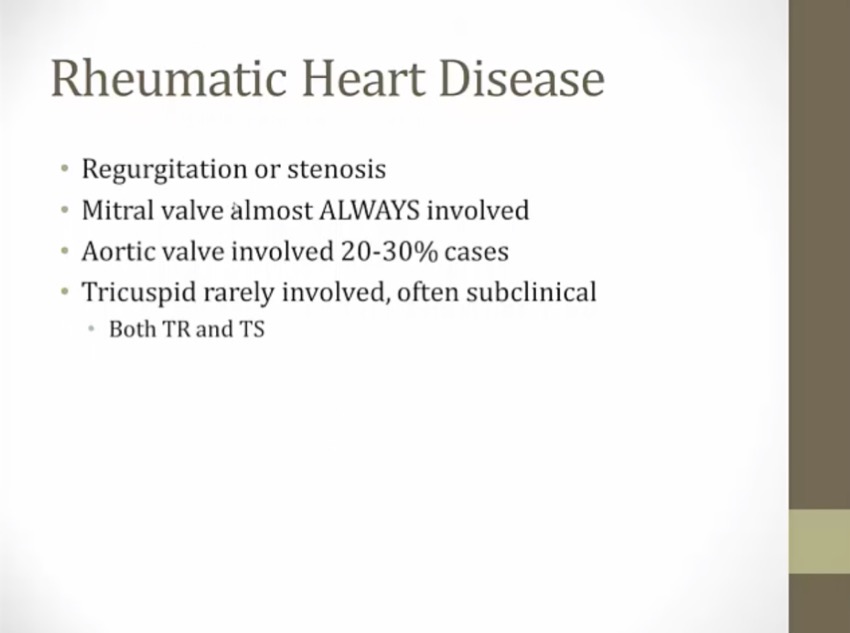
Aortic Stenosis
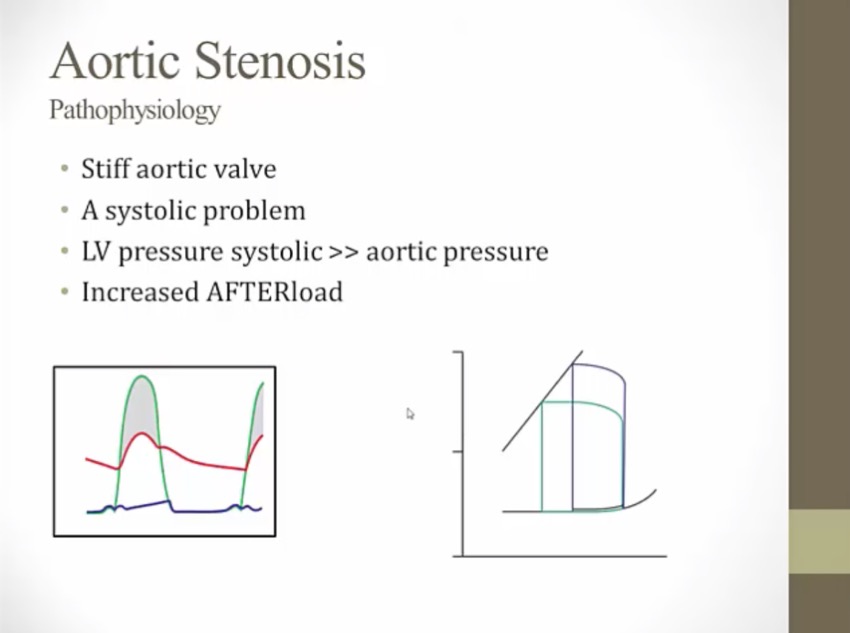
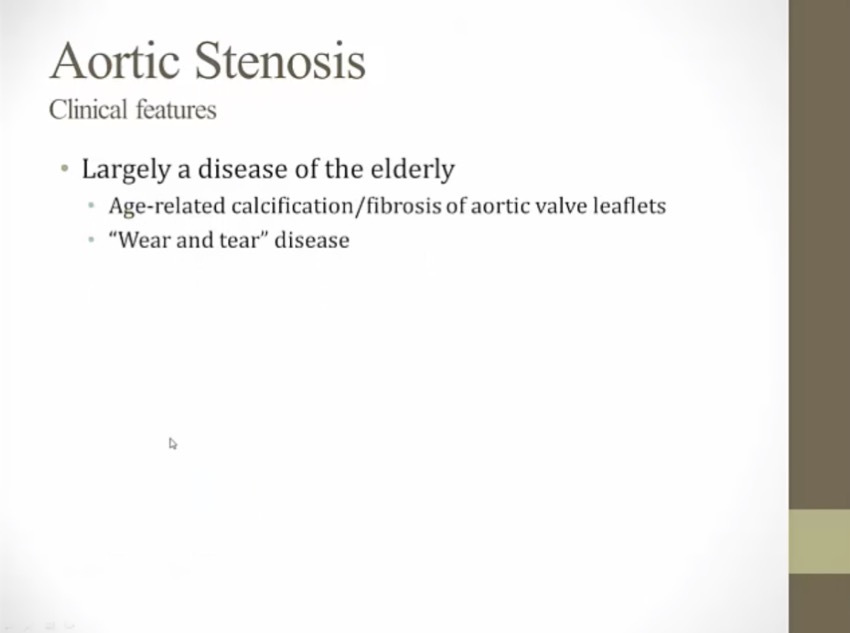
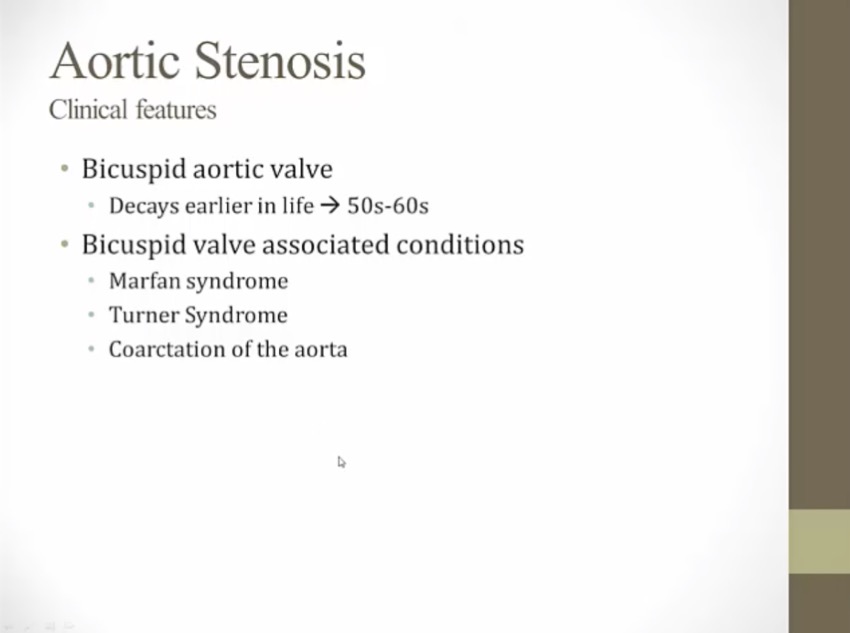
- exception to aging
- stenosis in 50s: bicuspid valve
- The three major causes of valvular aortic stenosis are a congenitally abnormal valve with calcification (e.g. bicuspid valve), a calcified normal valve, or rheumatic heart disease. Although rheumatic heart disease is the most common cause worldwide, calcific aortic valve disease (in either a bicuspid or tricuspid valve) is more common in the United States.
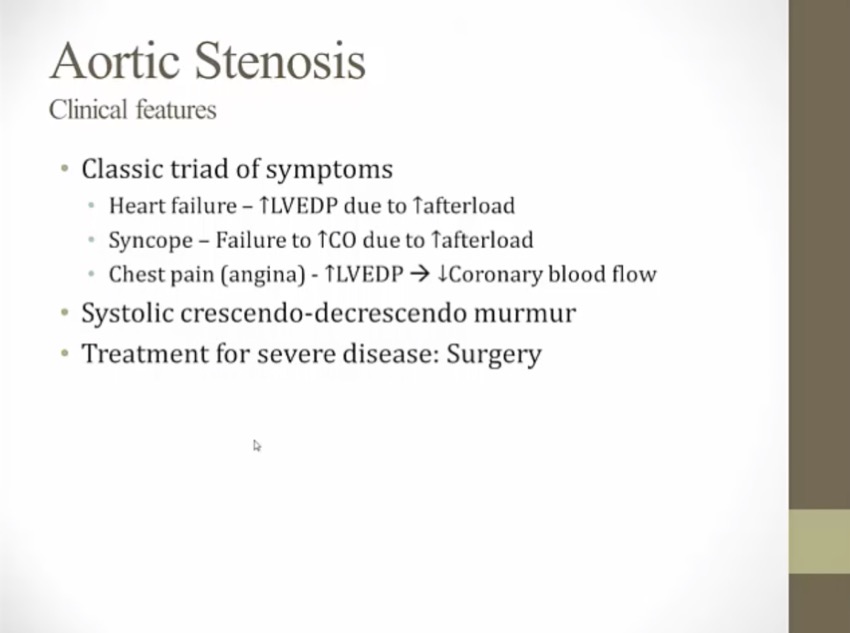
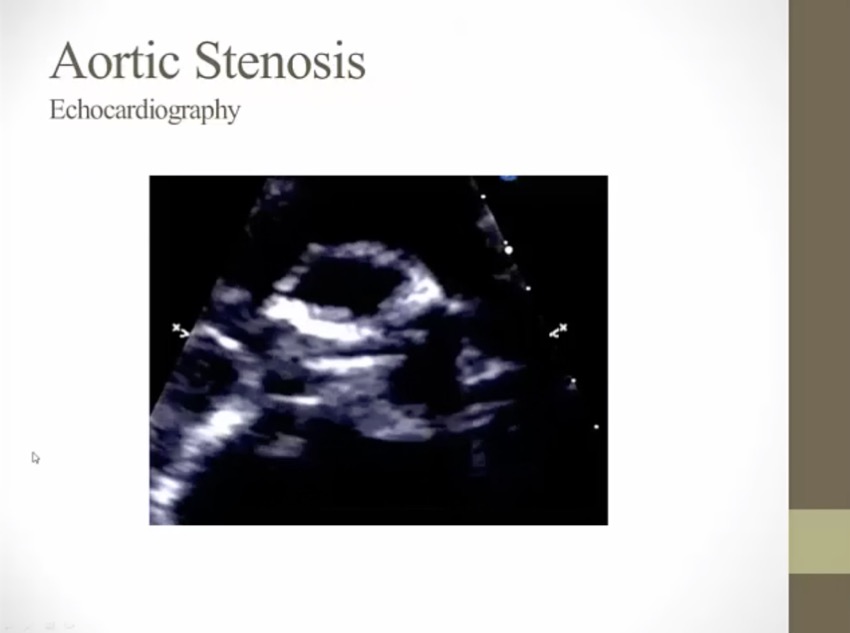
- 2 leaflets fused together, not opening
- avoid meds that decreases cardiac output (beta blockers, diuretics)
- surgery with anesthesia places pts more at risks by inhibiting sympathetic response
Mitral Stenosis
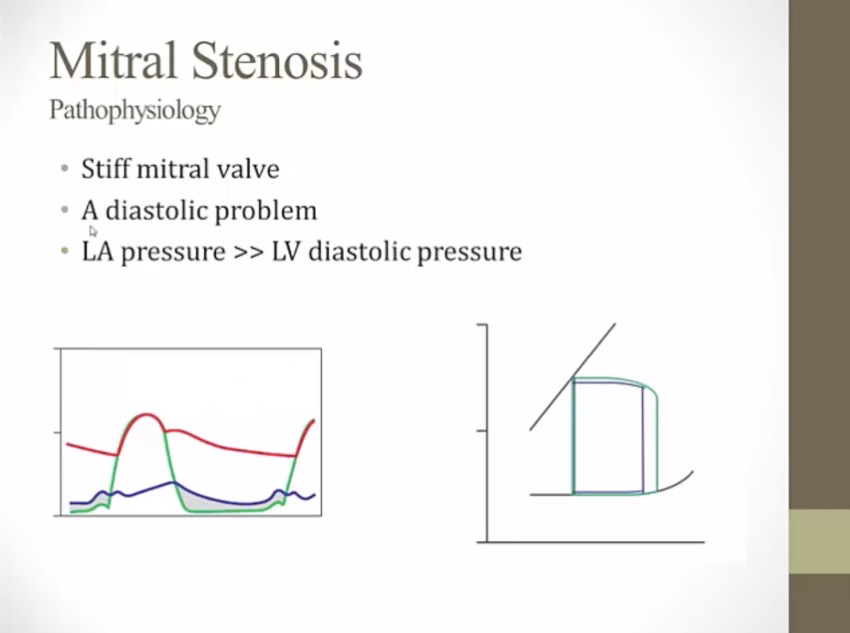
- ventricle normal but just less blood
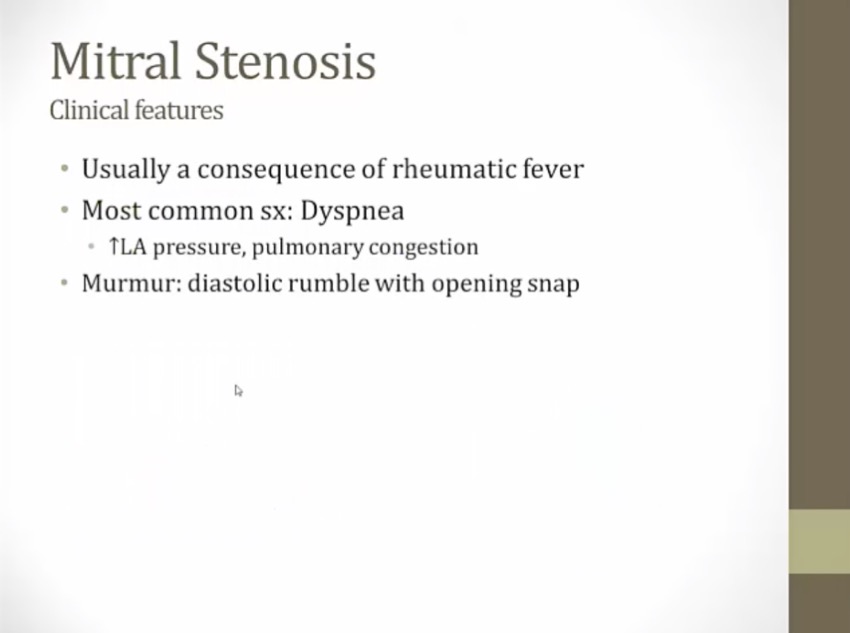
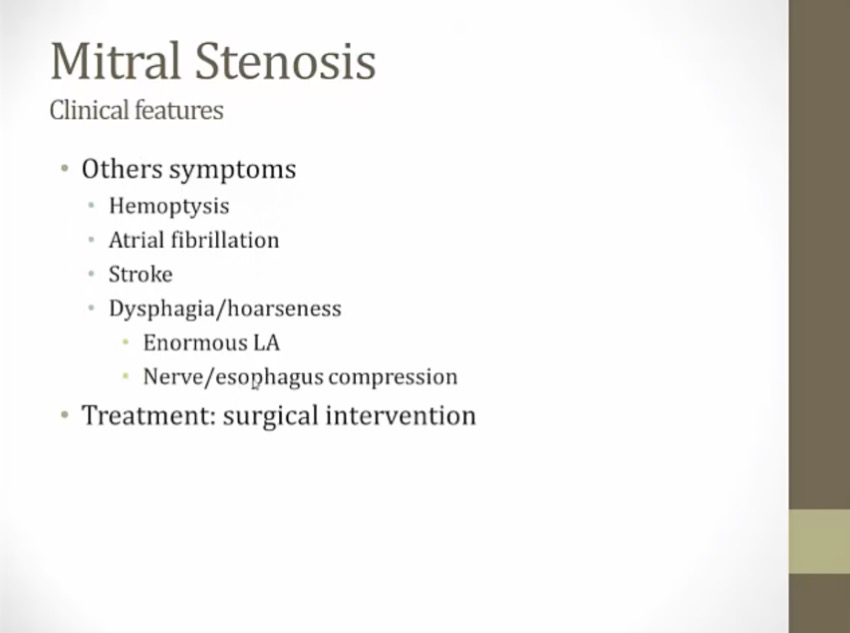
- hemoptysis: very high pressure in lung
- afib: dilated atrium due to volume overload, complication = stroke
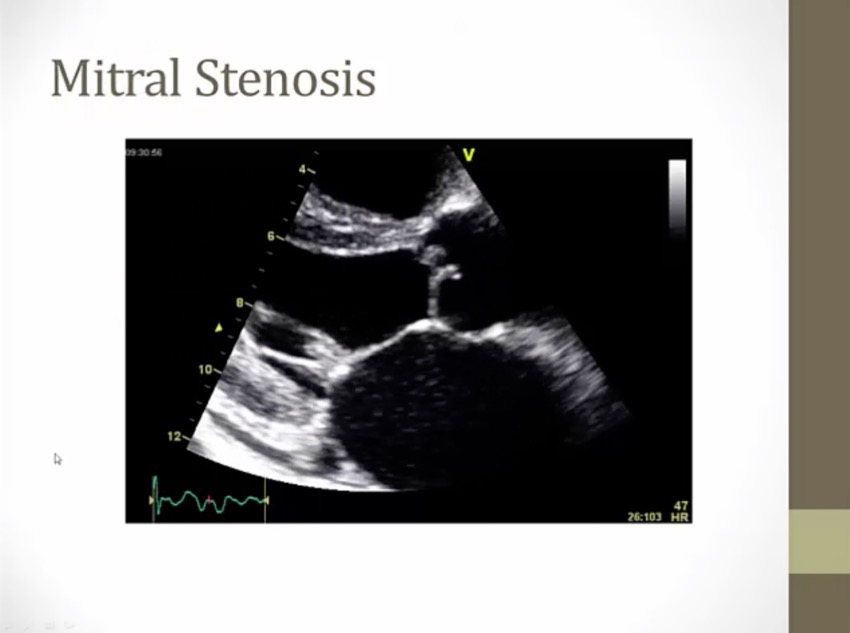
- mitral valve in middle can't open
Aortic Regurge
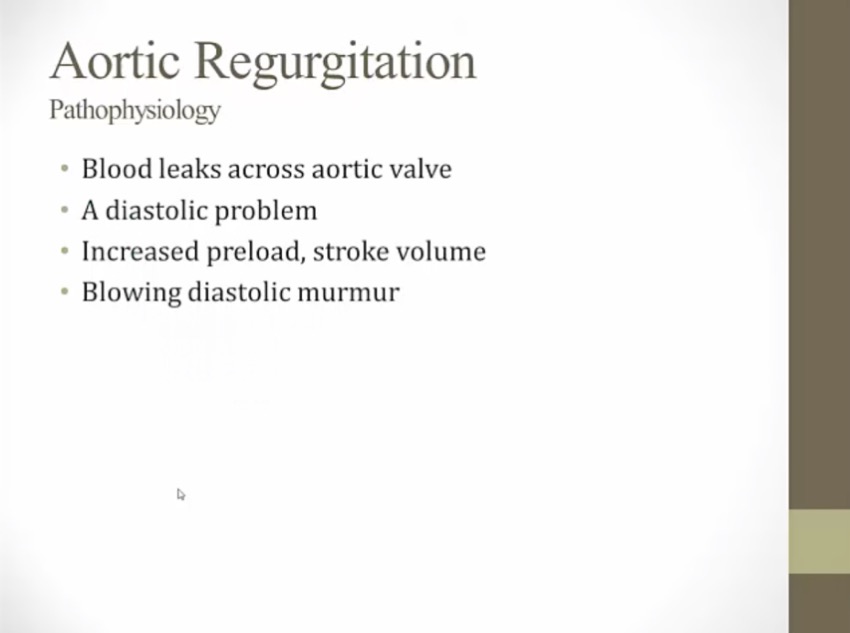
- increased preload/stroke volume: ventricle has to pump blood twice
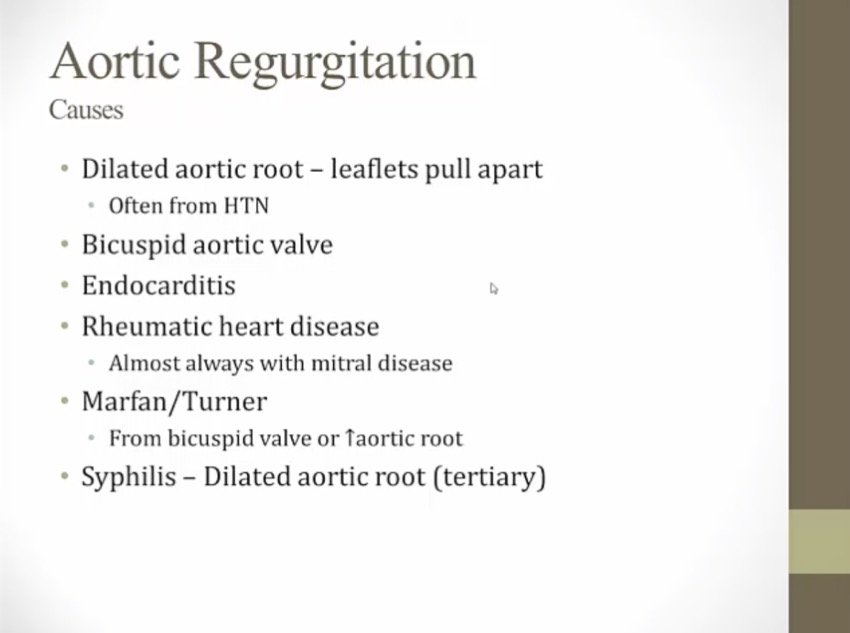
- HTN: thoracic aortic aneurysm
- endocarditis: damaged heart valve
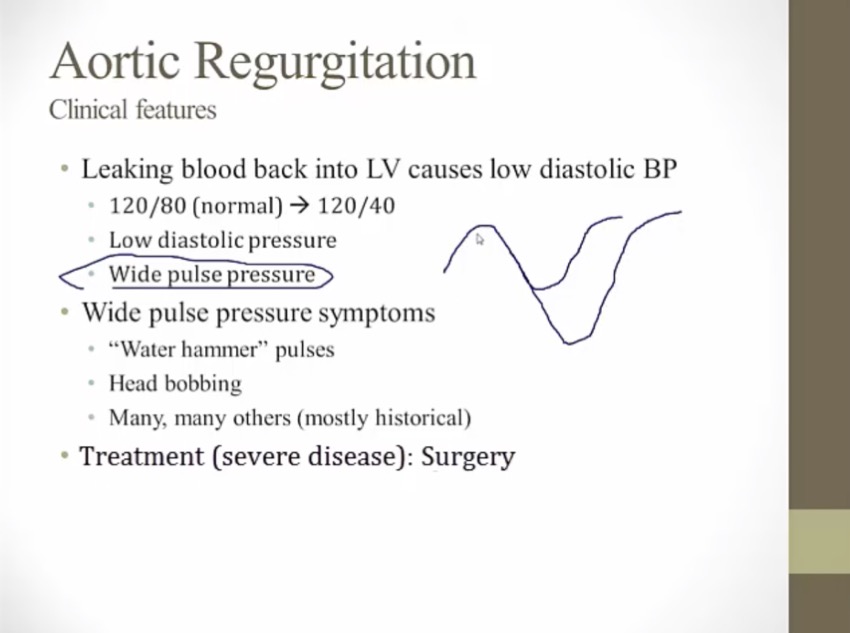
- also occurs with PDA, AV fistula. Anything with leakage of blood out of aorta
- water hammer pulses: strong bounding pulses
- head bobbing: get dizzy when bp low
- Pulsus bisferiens, also known as a biphasic pulse, refers to two strong systolic pulses with a mid-systolic dip, in other words, two pulses during systole. It can be seen in aortic regurgitation with or without aortic stenosis and hypertrophic cardiomyopathy.
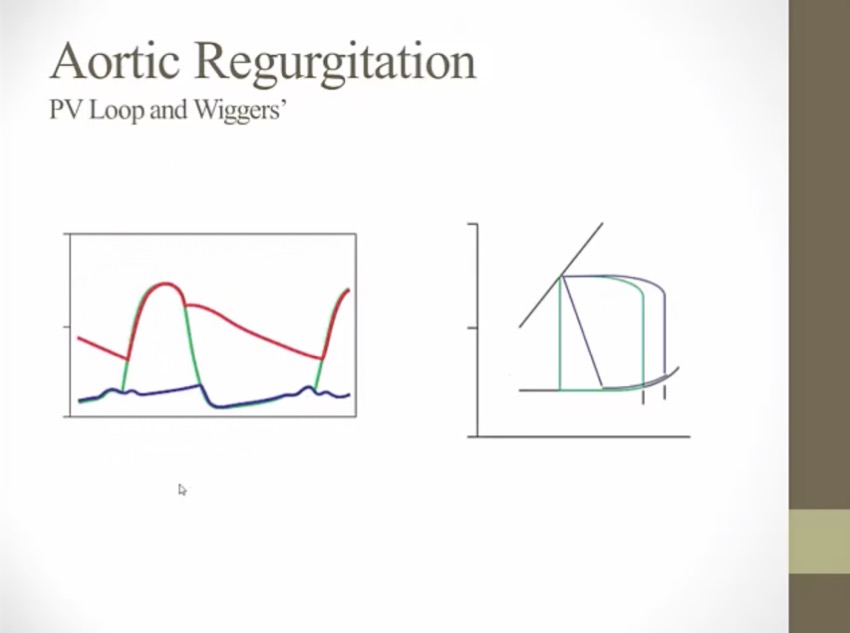
Mitral Regurge
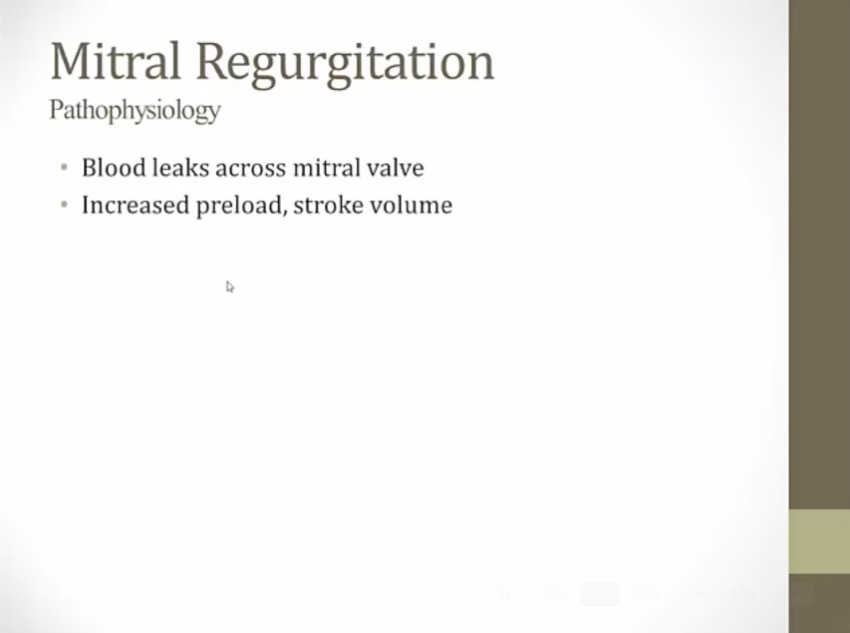
- heart has to pump blood twice
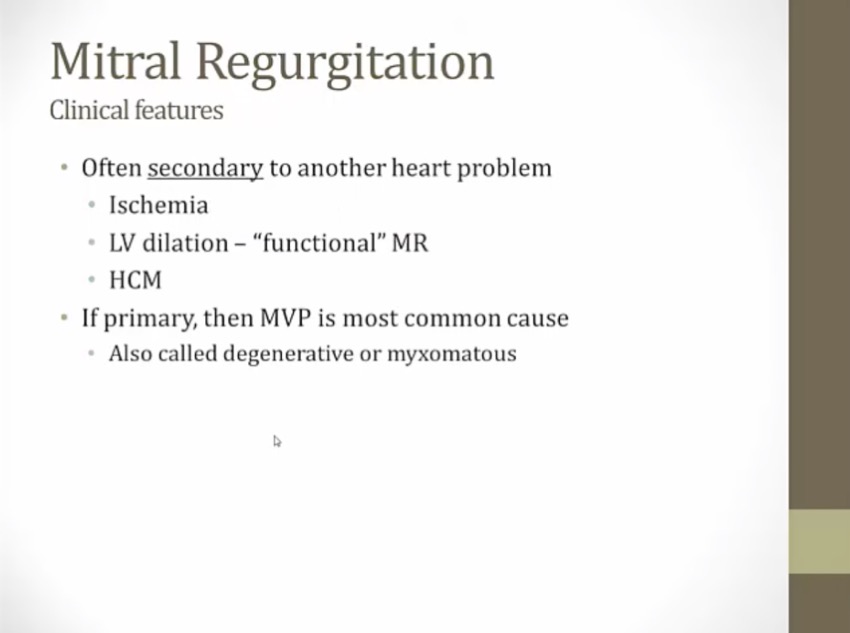
- papillary muscle damage
- functional MR: leaflets too far apart
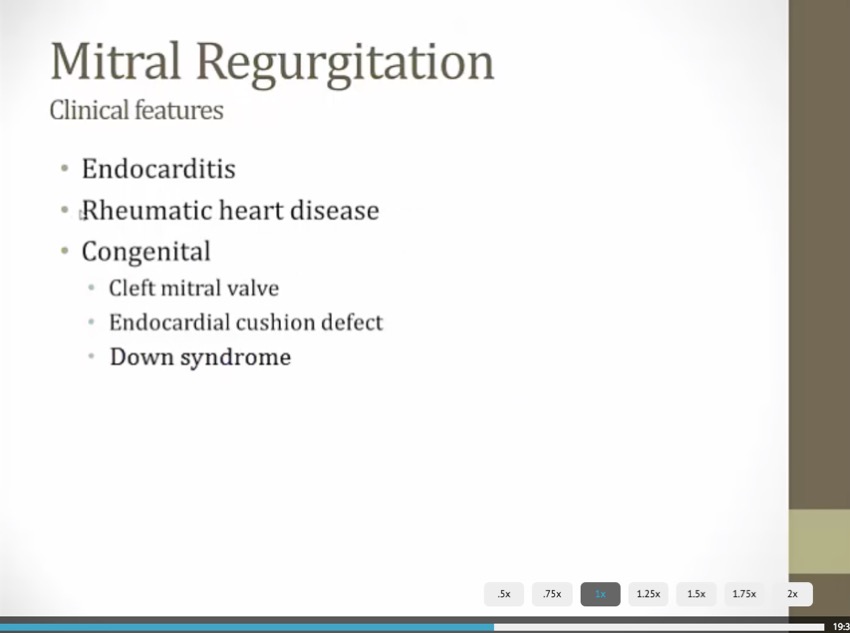
- down syndrome: EDC defect. Affect mitral leaflet
- cleft mitral valve: one of leaflets has a piece missing

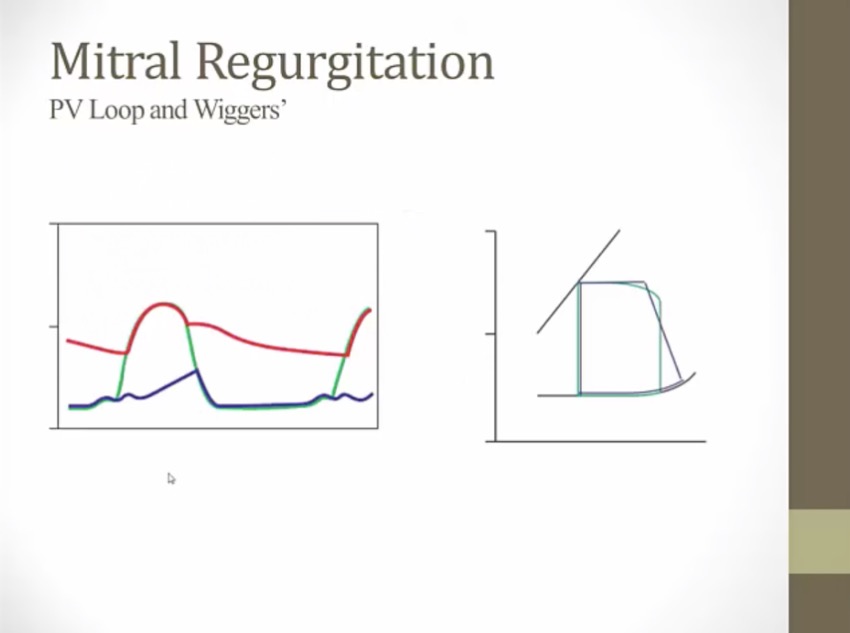

- choose medication that lowers afterload, increase forward flow
Tricuspid and Pulmonic
Links to this note
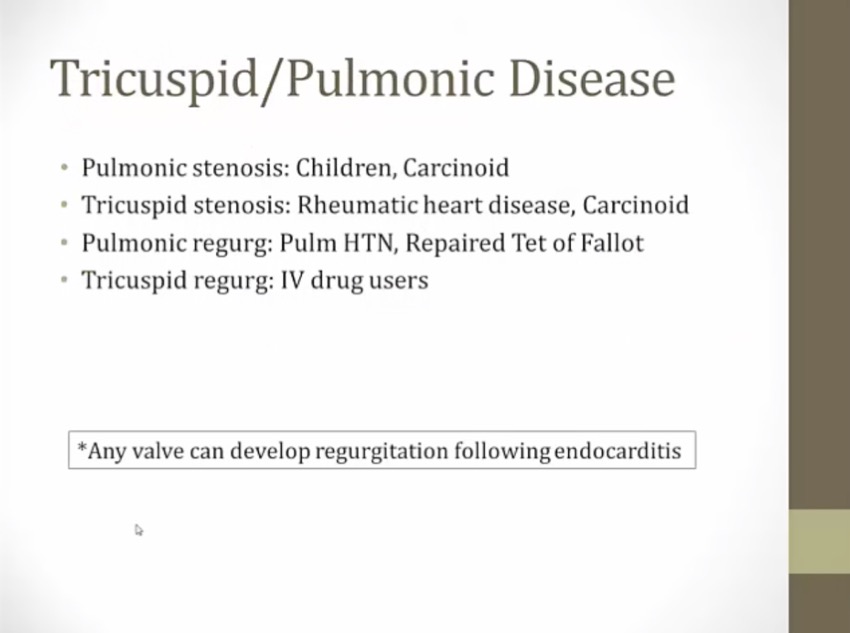
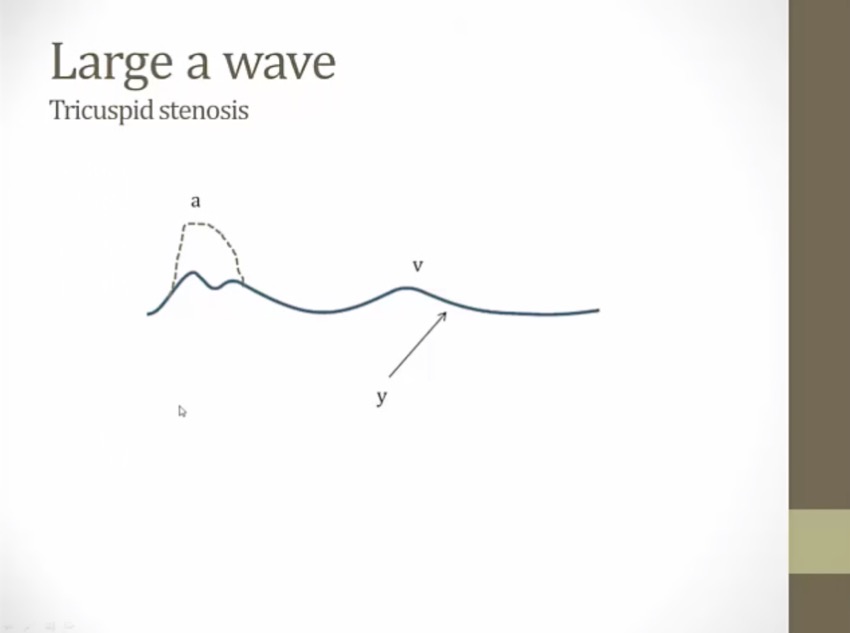
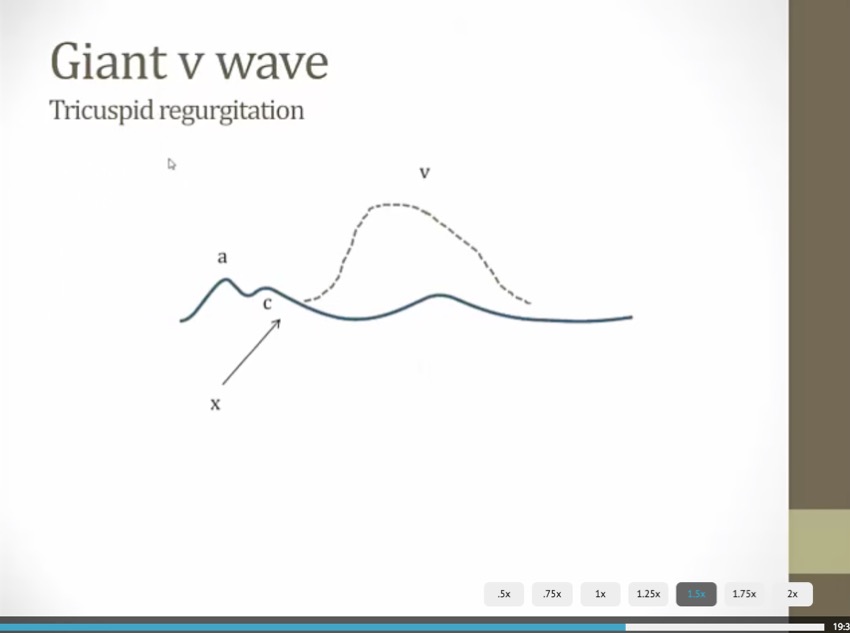
Valve surgery
_

